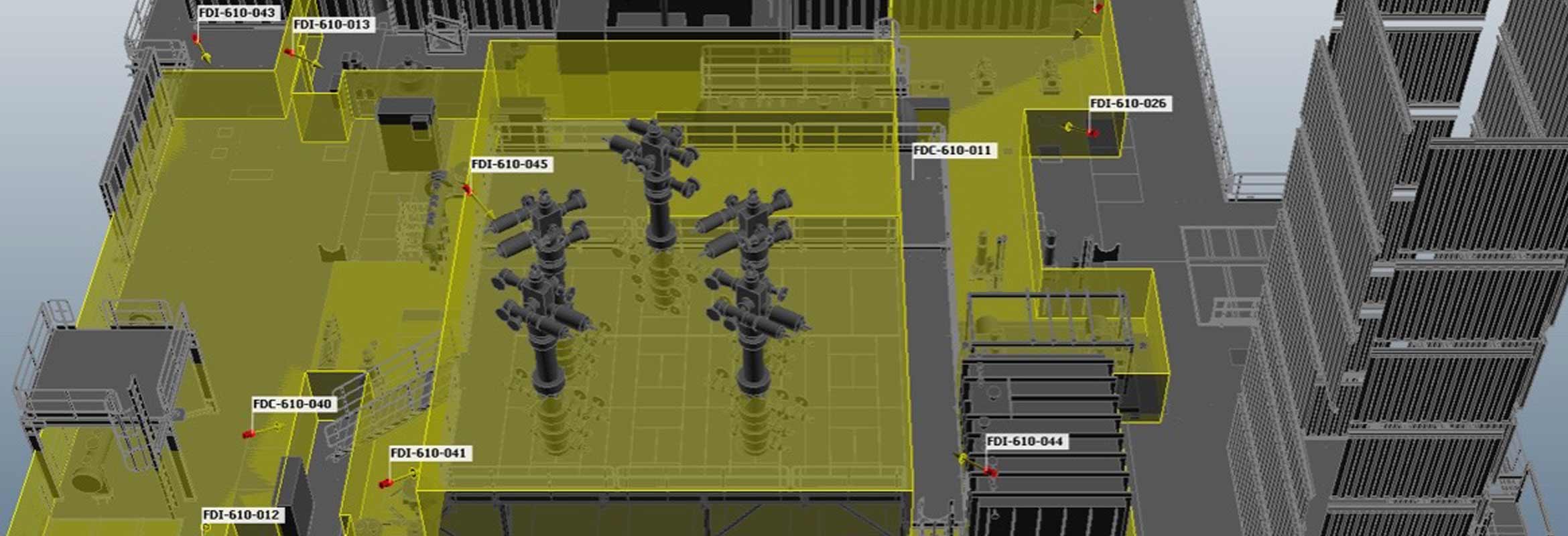Core’s approach to good Fire and Gas detection design is carried out using performance based requirements on the hazards specific to the installation.
These systems are often designed without full understanding of the quantifiable risks involved and with little guidance given in international standards can lead to difficulty in defining the required performance standard expected of a Fire and Gas detection system. This lack of guidance can lead to the system being over engineered by adding more detectors or under engineered which creates more risks to the asset.
Core’s approach to good Fire and Gas detection design is carried out using performance based requirements on the hazards specific to the installation. These hazards, once identified, are given the appropriate level of detector coverage so that they meet the F&G systems performance targets. The prime objective of the mapping exercise is to design a system that will protect personnel, environment and safeguarding the asset.
Core are able to assist their Clients in defining their Fire and Gas requirements from performance standards, philosophies and 3D Mapping to full engineering design, commissioning, operation and maintenance – the full lifecycle. Core can also evaluate existing designs or validate them at the design and construction phase of a project to help maximise detector coverage thus reducing detector count while still maintaining the performance requirements of the system. This process can also be used as part of a formal safety case and other related safety studies.

